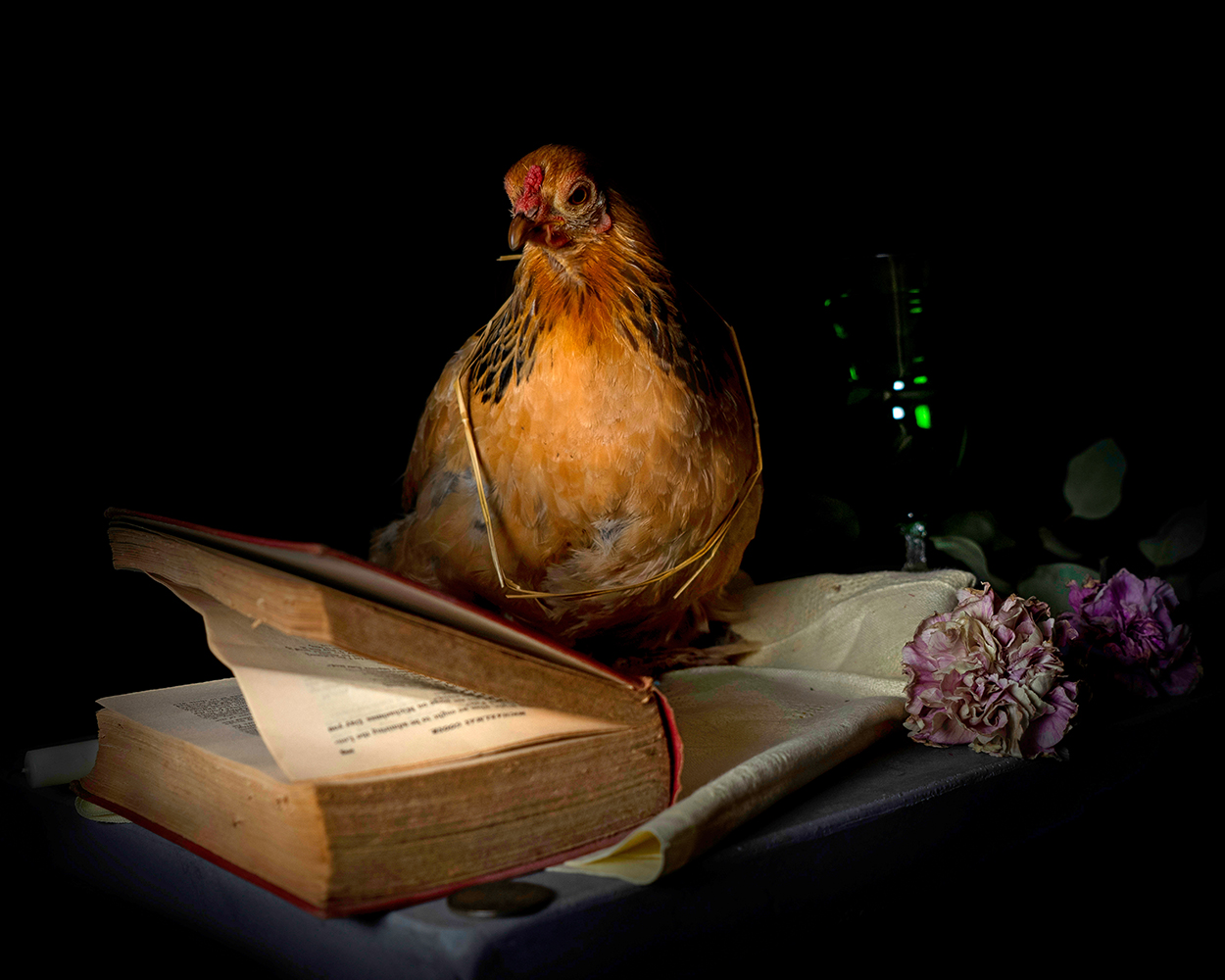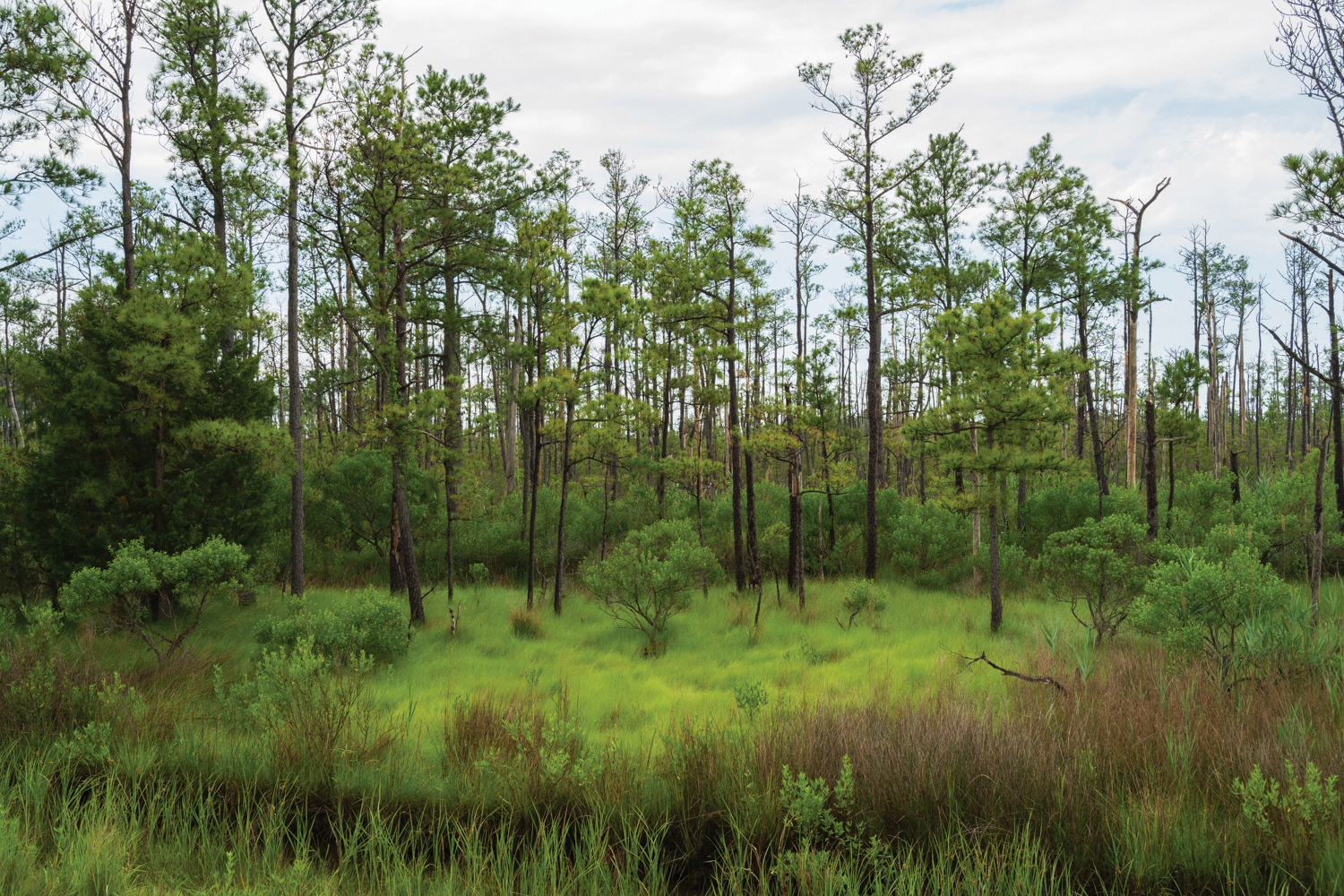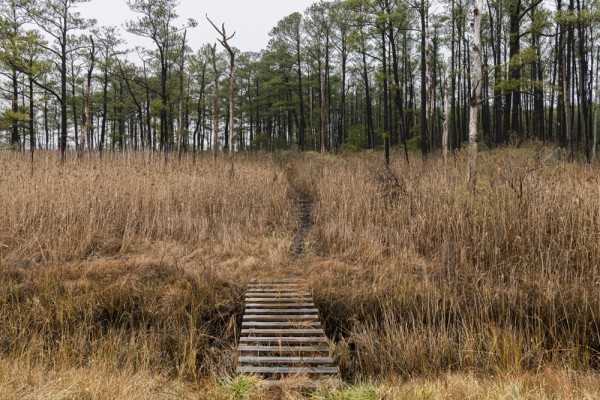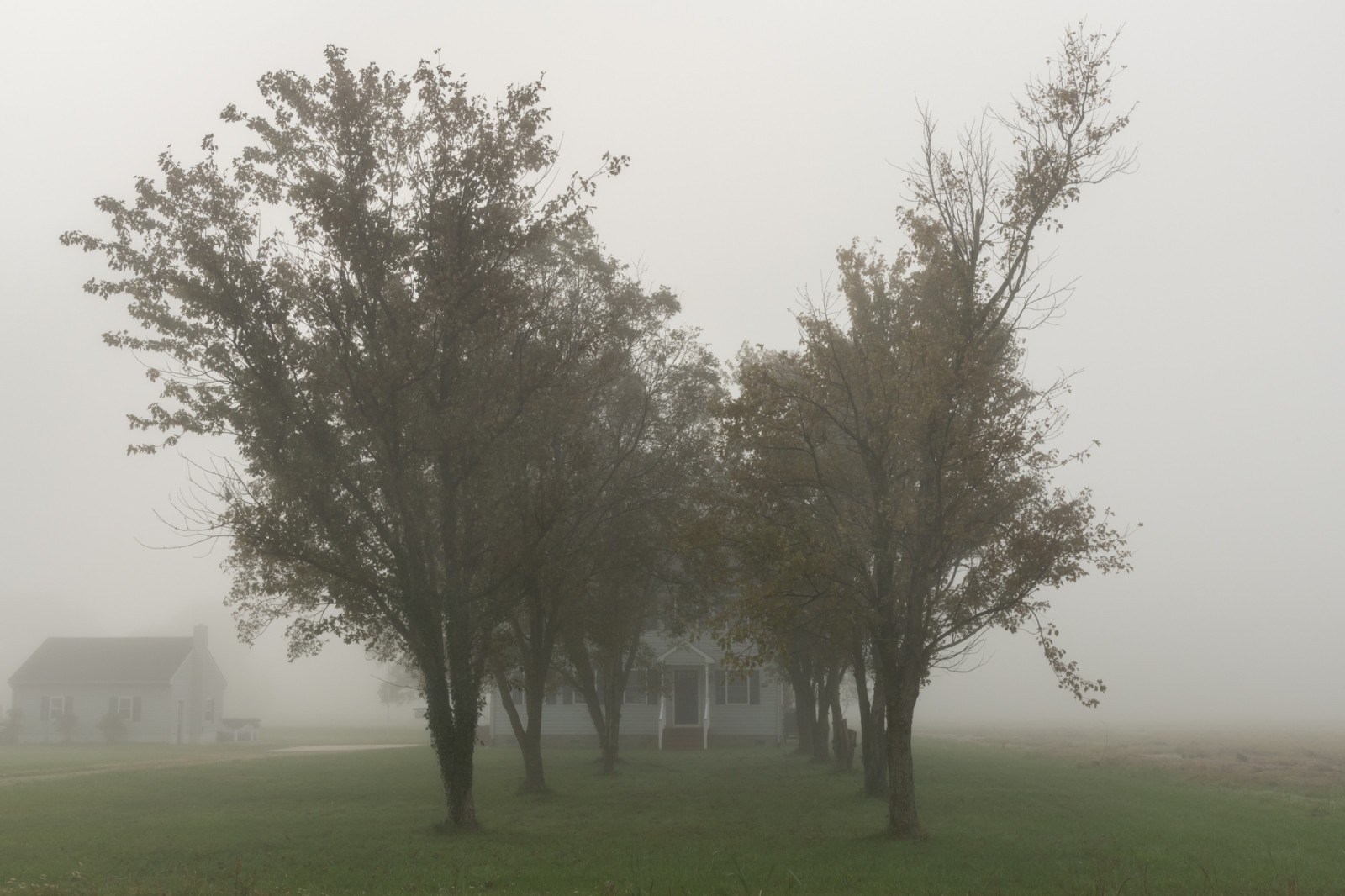With the exhibition of Rolls and Tubes coming to a close on July 9th, the four artists were asked to delve into their process and thoughts behind the work. Be sure to stop by the museum to see each artists reinterpretation of a known photograph in the arc of contemporary, and the history of photography, utilizing toilet paper as an element of the image.

Tell us a little about how your work with photography began?
“My father was an incessant amateur photographer and filmmaker. He was armed with his Bolex movie camera or some manner of camera his whole life—though an architect by trade. SO it is no surprise that Santa brought me a Kodak Instamatic in 1971. My formal training, however, began in high school.” – Colleen Mullins
“My introduction to photography was when I was a child. Home movies and slideshows –then learning to process and print in elementary school when I was 12. From that time on, photography was simply a part of me, it never occurred to me to stop, in fact it felt very wrong to stop. It wasn’t until my late twenties that I thought of myself as ‘a photographer’ and ‘an artist.'” – Jenny Sampson
“I took my first photography class in high school but it wasn’t until college when I had conversation with a career counselor who asked me “How would you like to spend your day if you could do whatever you want” and without hesitation I said “I’d walk around taking photos of people out in the world.” Neither the career counselor nor I knew what that meant in terms of an actual job, but it was that single conversation that ultimately led me to majoring in Art/Photography at UC Berkeley and becoming a photographer. While I have done all kinds of photography for work since then, walking around out in the world taking photos of people is still my favorite way to spend a day and is now my primary practice.” – Christy McDonald
“It’s weirdly straightforward. I took photography classes at the Art Institute of Boston while in high school and that was it. I had found something that allowed me to understand the world around me, and much later, myself. But I suppose my real formative experience was at MassArt. That place, and more importantly the people within it, were the catalysts for much of the way that I still think about and approach image making. Now, as a professor of photography, I try to emulate the environment I experienced there in my own classroom.” – Nicole White

What do you want this work to convey to the public? Has the message changed between showing on instagram vs showing in a museum?
“At first, this project was for us; a means to find some humor, reconsider the photographic canon, and question societal priorities during the pandemic. As we progressed, there was a realization that other people were getting something out of watching the project unfold via Instagram. The public response showed us that it provided a small escape from the pandemic through the daily task of looking at our work and investigating the source. Along with that, maybe they got a little chuckle from our reinterpretation.
Once the work was made physical (i.e. a book), the possibility of how it could function changed. The book allowed us to consider a level of engagement and interaction with the work that was not possible with Instagram. Showing the work on a wall is an entirely different experience, one which enables us to put different pieces in conversation with one another each time it is installed.” – Nicole White (answering for the group)

Were there any rules you began to follow but lost over time?
“We stayed pretty true to our initial prompt. As we kept making them, we allotted ourselves more time because our processes became more elaborate. Outside of that, the initial prompt gave us enough flexibility that we felt like we could make a piece that was a very close duplicate to the original or something that was more of a nod to the original.” – Nicole White (answering for the group)
“Well, there really weren’t any rules of the group except that we had to use toilet paper in some way to recreate a photograph. I had my own personal rules, which I allowed myself to break if necessary. My overall rule was that I can do whatever I want because there are no rules; within that rule, I wanted to make things with my hands, and I accomplished this with few exceptions –because I could do whatever I wanted.” – Jenny Sampson

Has there been a piece of contemporary art that has particularly engaged or moved you?
“It changes. I saw a remarkable work by Edward and Nancy Keinholz at Frieze this year. My Country ’Tis of Thee, 1991.
A sculpture of four unrepentant businessmen, pantsless. Life size. All had their right legs in the same barrel, their right hands over their hearts, and their left hands reaching back to stoke the penis of the man behind. Red white and blue bare lightbulbs drained out from the barrel like water. And it felt so present. So now. So raw. So hopeless, in that it was made 30+ years ago.” – Colleen Mullins
“A local Bay Area photographer, J.M. Golding, has been making these gorgeous lumen print diptychs –of course work born out of an accident– that I cannot stop thinking about. They are dreamy, haunting, bewildering and engaging.” – Jenny Sampson
“When I was in college my photography class went to a lecture given by Sebastiao Salgado where he presented his series on Brazilian mine workers. I was blown away by the deep dark richness of his images and by his focus on the human condition, at the time, I had never seen anything like it. This was when I realized documentary photography could be fine art. I have also been heavily influenced by the work of Bruce Davidson, Robert Frank and Josef Koudelka, three of my favorite photographers.” – Christy McDonald
“Sure. I look at work all the time to better inform my practice and my teaching. Last month, I was in Paris and saw the Lynne Cohen and Marina Gadonneix exhibition at the Centre Pompidou and it has stuck with me. While both artists’ work read as somewhat detached as first, there is a beauty and depth to the pieces that really surprised me. I was taken by the entire exhibition. I’m still thinking about it. It also made me want to dust off the 4×5 camera…” – Nicole White

Where do you expect to take your art next?
“I am working on a small edition artist book about love letters my mother exchanged with the scientist who later decoded RNA and was the first to use the term mRNA. The work uses certain characteristics of RNA, and the search for its alphabet as the formation of the physical object. I am interested in storytelling, and as a bookbinder—I naturally first gravitate to the book in my work.” – Colleen Mullins
“I have several projects in the works –a few tintype studies that have grown out of (literally and figuratively) my time spent at home during the pandemic including pasiflora mutliples (multiple exposure tintypes) and my weeds. In addition, I am working on an upcoming exhibition of my Skater Girls and Skaters tintype portrait series. And also there’s the collage. Never a dull moment.” – Jenny Sampson
“I’m off to Palestine in the Fall to take more photos for a project I started there in 2016.” – Christy McDonald
“I have no idea. I’m juggling several projects at the moment, but I couldn’t tell you anything about expectations other than those that I put onto myself as an art maker.” – Nicole White

ABOUT THE ROLLS AND TUBES COLLECTIVE
Colleen Mullins is a photographer and book artist. She has garnered numerous grants and fellowships, including two McKnight Fellowships, four Minnesota State Arts Board Grants, and in 2020, she was a nominee for the Leica Oskar Barnack Award for her project “Expositions are the timekeepers of progress”. Additionally, she has been an artist in residence at the Vermont Studio Center, the Penland School of Crafts Winter Residency, and In Cahoots Residency. Mullins’ work is in the collections of the US Embassy in Moscow, Ogden Museum of Southern Art and Southeast Museum of Photography, among others. Her publications include Photo District News (PDN), The Oxford American Eyes on the South, The New York Times Lens Blog, and numerous textbooks. She has authored articles for Afterimage and PDNedu. Recent exhibitions include Griffin Museum of Photographic Art, the North Carolina Museum of Art, and Tilt Institute for the Contemporary Image with the Rolls & Tubes Collective.
Jenny Sampson was born and raised in San Francisco and currently resides in Berkeley, California. She earned a B.A. in Psychobiology in 1991 at Pitzer College and has since dedicated her time to her photographic endeavors: wet plate collodion, traditional black and white photography and commissioned portraits. Sampson is a member of The Rolls and Tubes Collective. Her first monograph, Skaters, was published in October 2017 by Daylight Books and Jenny’s Skater Girls in September 2020.
Nicole White is a Bay Area artist and curator. White uses historical and contemporary photographic processes to examine the medium’s varied functionality while looking at the American cultural landscape. She holds a BFA from Massachusetts College of Art (2002), a MA in Art History from the University of Connecticut (2010) and a MFA in Studio from the School of the Art Institute of Chicago (2012). She is a Professor of Art (Photography) at Diablo Valley College in Pleasant Hill, CA. In 2021, she published a book, Rolls & Tubes: A History of Photography, in collaboration with Christy McDonald, Colleen Mullins, and Jenny Sampson.
Christy McDonald uses photography as a way of engaging with the world and exploring the varied cultural and social conditions she encounters. Based in the San Francisco Bay Area, Christy holds a B.A. in Art (photography) from UC Berkeley, is a member of the Rolls and Tubes Photographic Collective, and has ongoing personal projects in parts of the Middle East and the California Central Valley.

















































